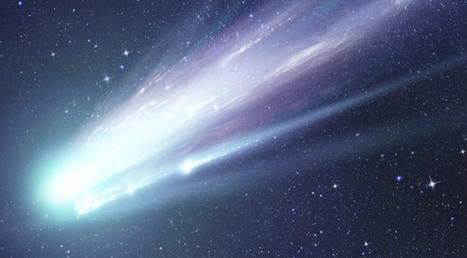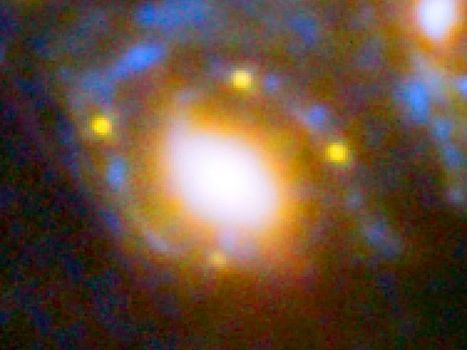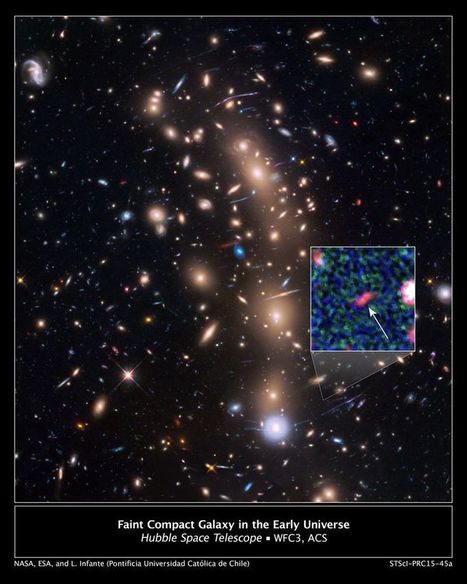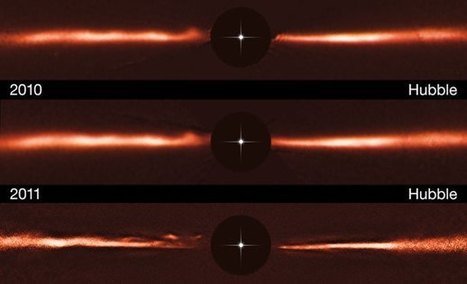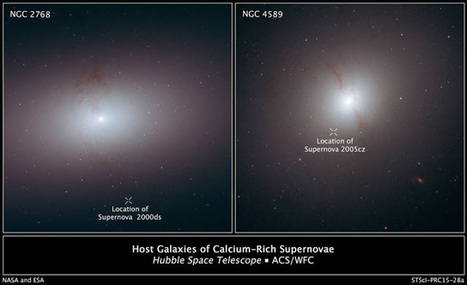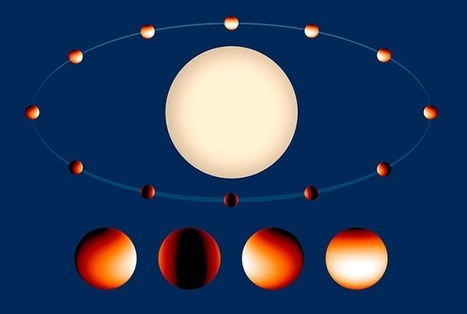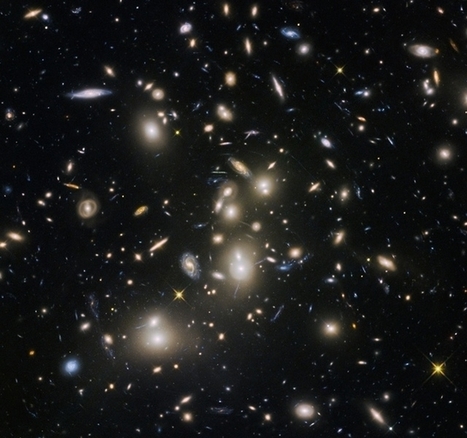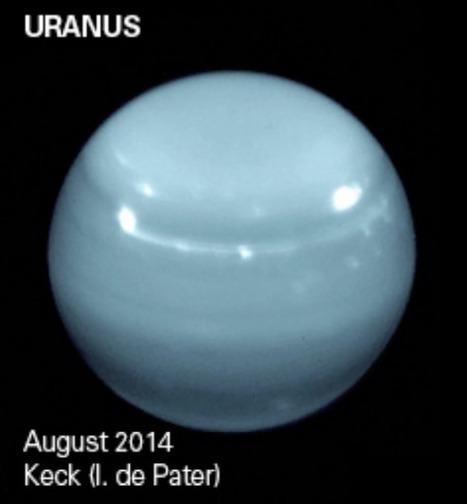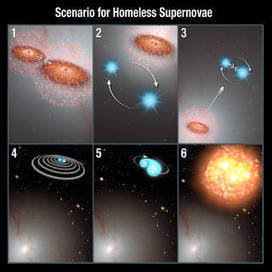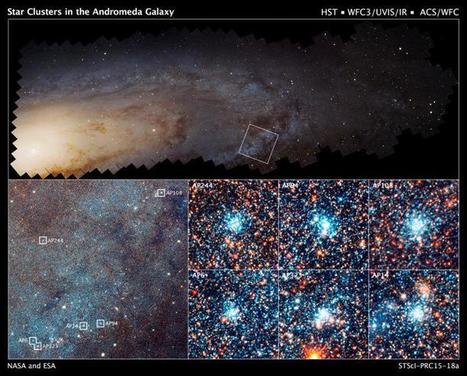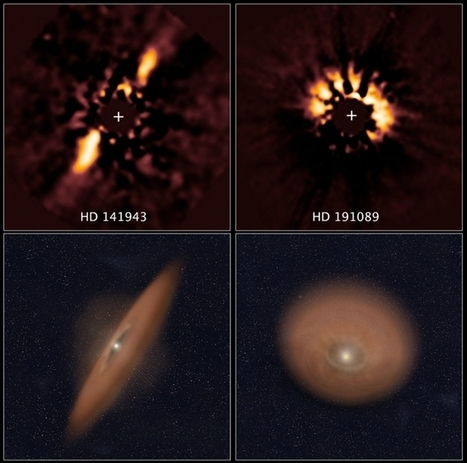Para Foley "Con un solo agujero negro, ocasionalmente una estrella puede acercarse mucho y tener una interacción lo suficientemente fuerte. Con dos agujeros negros, hay dos grupos de estrellas que se aproximan de uno al otro agujero negro. Esto incrementa dramáticamente la probabilidad de que una estrella sea eyectada". Mientras que el agujero negro del centro de la vía Láctea puede eyectar una estrella por siglo, los agujeros negros supermasivos binarios podrían eyectar hasta 100 estrellas al año.
Después de ser expulsadas de la galaxia, las estrellas binarias adquieren una órbita más cercana a medida que sus órbitas continúan acelerándose con el paso del tiempo. En los sistemas estelares binarios que dan lugar a supernovas es probable que sean -ambas estrellas- enanas blancas, las cuales están a final de sus vidas. Puntualmente, una enana blanca se acerca lo suficiente como para que sea desgarrada por las fuerzas de marea. El material de la estrella es rápidamente capturado por la otra estrella, que gana masa hasta que explota como supernova.
El tiempo necesario para que una de estas estrellas expulsadas explote es relativamente corto, sobre 50 millones de años. Normalmente, estos tipos de estrellas binarias necesitan mucho tiempo para fusionarse, probablemente tanto como la edad de Universo, que es superior a los 13.000 millones de años. Como explicó Foley "la interacción con agujeros negros acorta esta fusión".

 Your new post is loading...
Your new post is loading...
 Your new post is loading...
Your new post is loading...



